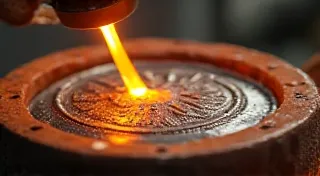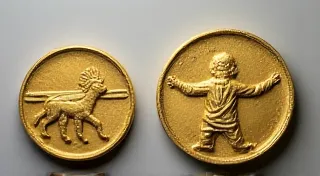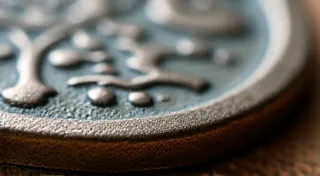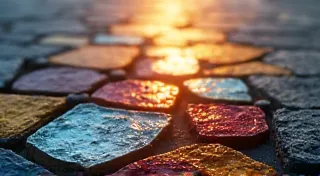A Beginner's Guide to Roman Coin Replication: Materials & Tools
Starting your journey into Roman coin replication can feel daunting. The world of ancient history and metalworking can seem complex, but it's surprisingly accessible with the right approach and basic equipment. This article breaks down the essential materials and tools needed to create your own Roman coin replicas, from metals like bronze and lead to basic sculpting tools. We'll cover alloy considerations, safety precautions, and where to source your supplies affordably. Let’s lay the groundwork – the fundamentals – before you start casting your own pieces of Roman history.
Choosing Your Metal: Bronze, Lead, and Alternatives
The most common metals used for Roman coin replicas are bronze and lead. Each has its own advantages and disadvantages. Bronze offers a closer aesthetic match to many original Roman coins, imparting a richer, more authentic feel. However, bronze can be more challenging to work with, requiring higher melting temperatures and careful attention to detail.
Lead, on the other hand, is softer and easier to melt and cast. It’s a good starting point for beginners wanting to learn the process without the challenges of working with bronze. However, be aware that lead is a toxic metal. Strict safety precautions (detailed below) are absolutely essential when using it.
Other metals, like pewter (a tin/lead alloy) or even certain aluminum alloys, can be experimented with. They offer varying levels of difficulty and authenticity. Research each material's properties before you start.
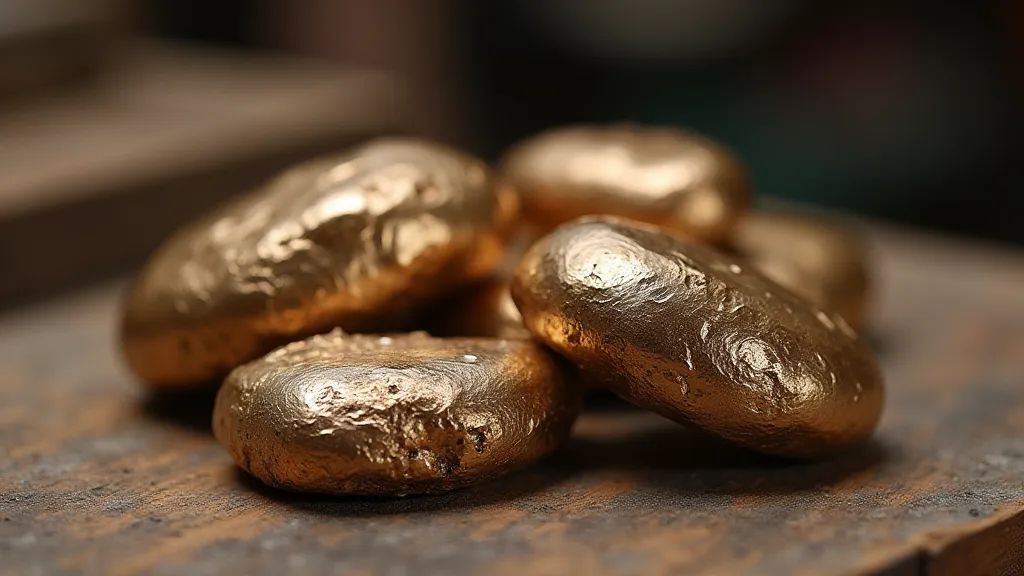
Essential Tools for Roman Coin Replication
You don't need a fully equipped workshop to begin. Here's a list of tools that are critical for creating coin replicas. We’ll break it down into categories.
Melting & Casting
- Melting Pot: A crucible specifically designed for melting metal. Consider size based on the amount of metal you plan to melt at once.
- Heat Source: A propane torch, electric melting furnace, or even a DIY furnace can be used. Propane torches are more accessible for beginners.
- Tongs: For safely handling hot crucibles and molds.
- Mold Making Materials: Depending on your chosen method, this could include plaster of Paris, silicone rubber, or resin.
- Investment Casting Equipment: (For more advanced techniques) Includes investment material, burnout oven, and vacuum equipment.
Sculpting & Detailing
- Sculpting Tools: A basic set of sculpting tools – files, rasps, rifflers, and carving tools - is essential for refining your coin designs.
- Magnifying Glass/Loupe: Roman coins are often intricately detailed. A magnifying glass will help you accurately replicate these details.
- Wax Carving Tools: If using the lost-wax casting method, you'll need wax carving tools for creating your master coin.
Safety Gear (Absolutely Essential!)
- Safety Glasses/Goggles: Protect your eyes from molten metal and dust.
- Heat-Resistant Gloves: Crucial for handling hot crucibles and molds.
- Respirator/Dust Mask: Protect your lungs from fumes and dust. *Especially critical* when working with lead.
- Apron: Protect your clothing from splashes.
Sourcing Your Materials
Finding affordable materials is key to getting started. Here are a few suggestions:
- Metal Suppliers: Online metal suppliers often offer smaller quantities of bronze and lead at reasonable prices.
- Scrap Metal Dealers: Sometimes, you can find suitable metals at scrap metal dealers, but ensure the composition is appropriate for your project.
- Craft Stores: Craft stores carry plaster of Paris, silicone rubber, and other mold-making supplies.
- Online Marketplaces: Websites like eBay or Etsy can be good sources for used equipment or small amounts of metal.

Safety First!
Working with molten metal and certain materials, especially lead, carries inherent risks. Here's a summary of essential safety precautions:
- Ventilation: Work in a well-ventilated area to avoid inhaling harmful fumes.
- Lead Safety: *Never* work with lead indoors without proper ventilation and a respirator. Wash your hands thoroughly after handling lead.
- Fire Safety: Keep flammable materials away from your heat source. Have a fire extinguisher nearby.
- Eye Protection: Always wear safety glasses or goggles.
- Personal Protective Equipment (PPE): Wear appropriate gloves, an apron, and a respirator as needed.
- Research thoroughly: Understand the properties and hazards of each material before you start.
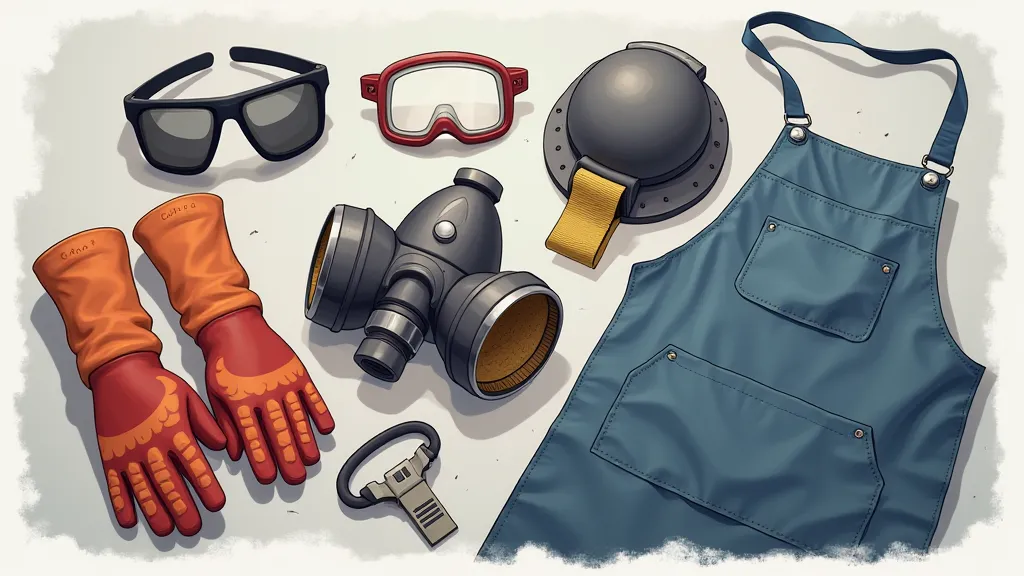
With the right materials, tools, and a commitment to safety, you’re well on your way to replicating pieces of Roman history. Good luck!

